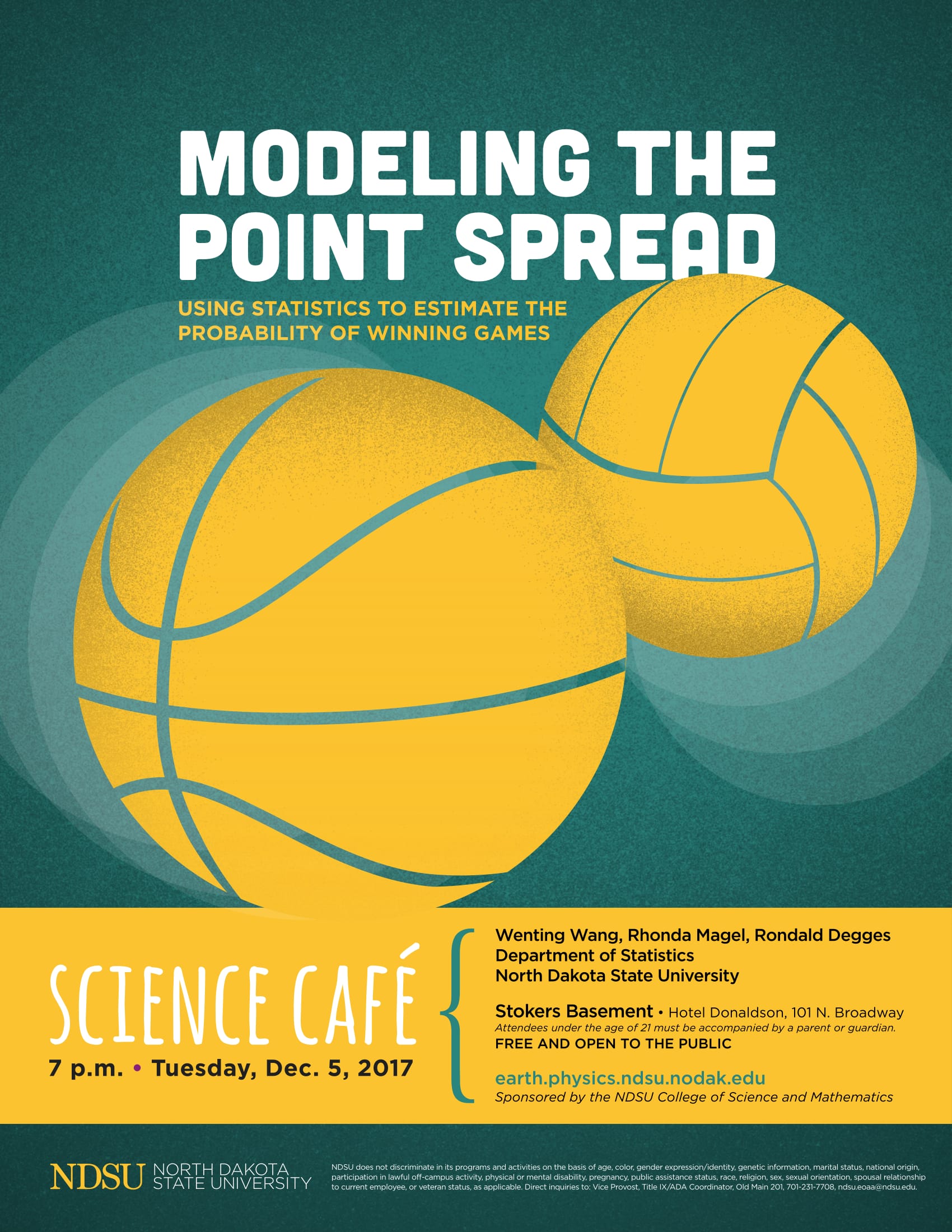
The Physics of Climate Change
Matt Craig
Professor
Department of Physics and Astronomy
Minnesota State University Moorhead
Abstract: One way physicists understand the world is to try to reproduce observed changes using the simplest possible model. In this talk we'll describe a simple model of climate change that relates the observed concentration of carbon dioxide in the atmosphere to the observed surface temperature. Though the model is not at all detailed it clearly captures the essential relationship between greenhouse gases and temperature.

Fun with strategies: prisoner's dilemma, Nash equilibrium and more.
Indranil Sengupta
Indranil SenGupta
Assistant Professor
Department of Mathematics
North Dakota State University
Abstract: Game theory is the study of mathematical models of conflict and cooperation between intelligent rational decision-makers. It has major applications in economics, finance, physics, political science, and statistics. The prisoner's dilemma is the oldest and most studied model in game theory, and its concept is also the simplest. In the talk, I will give the elaborate description of various strategies in various "games", where "games" in some cases will be real-life situations. I will also introduce "Nash equilibrium" and its "no regret" policy, i.e., after the game has been played, players do not regret their choices if all were playing a Nash equilibrium. A lot of examples will be provided.

Modeling Point Spread in Women's Volleyball and Basketball Games
Wenting Wang, Rhonda Magel, and Ronald Degges
Department of Statistics
North Dakota State University
Abstract: Models were developed using various statistics to explain the point spread of a women's volleyball game and to estimate the probability of a team winning the game. Predictions as to which team would win a game using these models were made. Models were also developed using various statistics to help explain the point spread of a women's basketball game and to estimate the probability of a particular team winning the game. Other models were developed to help predict the outcomes in each round of the NCAA Division 1 Women’s Basketball Tournament. Results are given.